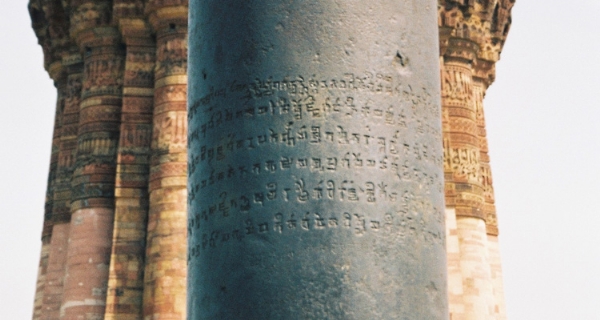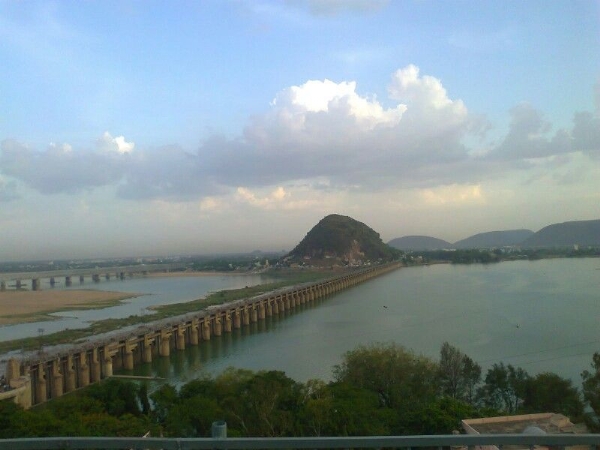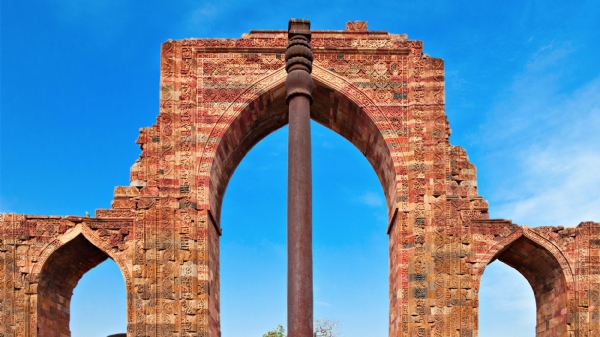Wonders of Ancient Indian Engineering
|

On the account of World Engineer's Day, let us visit the sites of ancient India which glorify the engineering prowess of ancient Indian dynasties. The knowledge and skills which formed the basis of these monuments are indicative of the advanced technologies that Indians new about. These monuments are potential tourist spots today but while visiting these places, one must keep in mind the time when they were built and understand the possible technological advancement that India has witnessed during that period. There are many monuments which we can count for marvels of ancient Indian Engineering but I will include two of my favorites from the list.
1. Kallanai Dam

This ancient dam is an excellent example of civil engineering in ancient India which was built during the Chola rule and stands firmly even today as an evidence of excellent engineering skills that prevailed in ancient India. The dam is in the Thiruchirapalli district of Tamil Nadu and is constructed over the Kaveri river, the lifeline of Tamil Nadu. The British called it the Grand Anicut Dam. It was built by Chola King Karikalan 2000 years ago and is not only considered as the oldest dam of India but also one of the oldest irrigation projects of the world. Later when the British came across the huge structure, they so amazed by its construction that a team of military engineers were asked by the British Government to study the project thoroughly. The British later also tried to replicate the construction of the Kallanai Dam and ended up constructing a smaller version of the project called the Lower Anicut in the 1800's. The river Kaveri originates from the Western Ghats and thus is fed by the heavy monsoon rain experienced in the region. The region around Kaveri often falls prey to floods, which perhaps is the reason for the construction of such a huge dam across the river. However, after all these years the structure has not experienced any kind of disaster and stands rooted firmly, to irrigate water in the region.
2. Ashoka's Iron pillar

We often visit Delhi and only observe the Qutub Minar, but we fail to note that the place is home to many more monuments. Among those many monuments erects one short and dark pillar, which usually people don't spend much time visiting. In fact, that pillar is the most innovative structure present in the country counting back to the 3rd Century BCE. The pillar I'm talking about here, is an Iron pillar which also holds an important inscription of the great Mauryan Emperor Ashoka. One may wonder, what's so amazing in it when there are even taller and more attractive pillars in very same premises? Here's where the actual deal of OMG happens. The Iron Pillar at Mehrauli has been cast out in a continuous single cylindrical shape, which is very difficult to do at the very first place. Second and the most important thing is that metals like Iron are naturally expected to rust after certain period due to expose to harsh environment. However, this iron pillar stands as an exception to the general law of science as it had not rusted over the years even though it has not been deoxidized in any possible way. This brilliant technology is still not known to the world even in the 21st century.
- Himali Nalawade